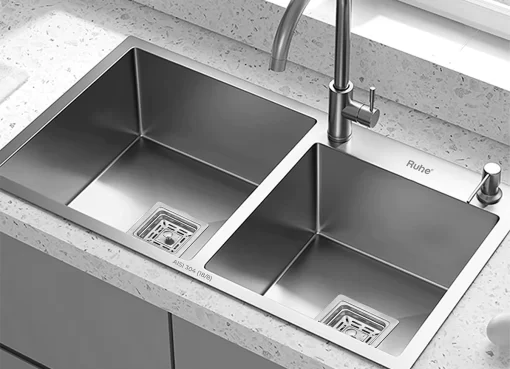Thanks to their sleek, luxury design and perennial convenience, indoor pools have become increasingly popular among new pool consumers. In most areas of the nation, an indoor pool can make a three-week swim season into a six-week pool event. Almost any kind of swimming pool material, plastic or fiberglass-lined, can be installed indoors, and even the installations can be as minimal as a small lap pool or as intricate as an indoor water garden. Indoor pools are perfect for people who want to get in shape but who don’t want to commit to long-term swimming pool ownership. Indoor pools not only provide fun, safe water exposure for children, but they also offer numerous therapeutic benefits for adults.
Many indoor pools come equipped with more than one area for added fun, exercise and privacy. For example, indoor pools with a lap pool design and water garden feature a large play space or “Laguna,” where you can run, jump and slide around. Lining up a colorful laguna with a rock garden provides an ideal place for friends and family to hang out and spend time together. If you’re looking for a private place to relax, the seclusion of an indoor swimming pool can help you work on your tan or just relax with your loved ones.
There are two primary styles of indoor pools: fiberglass and vinyl-lined. Both styles are available in both above ground and below ground designs, but the fiberglass models are considered the easiest to install because they don’t need concrete footing. Fiberglass is also less expensive than vinyl, which is why many homeowners go with the former. Vinyl-lined indoor pools have a smooth, semi-slick surface and are recommended for those with slip problems or those who want a quieter indoor pool.
Indoor pool enclosures allow you to add more space and make your outdoor pool area more functional. You can use indoor swimming pools for laps, swim meets, water-spinning classes or just relaxation. Because they have more open floors and higher ceilings, indoor pools provide more room for activities. The lower floor area can provide more space for activity as well, particularly for smaller children who love to climb, tumble and dive. However, you do have to make sure that there is plenty of ventilation so you won’t overheat.
There are benefits of installing an in-ground pool as well, aside from all of the above. They are typically much more expensive than above ground models. But if you are planning to move in a few years or less, an in-ground model will probably be cheaper to install since you will not need to pay for any type of heating or air conditioning system. If your house has a basement, it might be best to go with an above ground pool instead. Basements tend to have no insulation and heat loss is greater with in-ground designs.
A little bit of research will go a long way in finding the perfect indoor pool for your family. Take your time, pick out a design that you like and compare prices. Remember that when you buy a pool, your citation needed for building permits may be different than when you buy an above-ground swimming pool. Finally, remember that in-ground pools require more frequent inspections to ensure they are still safe. Your local swimming pool expert can help you understand your responsibility as a homeowners





